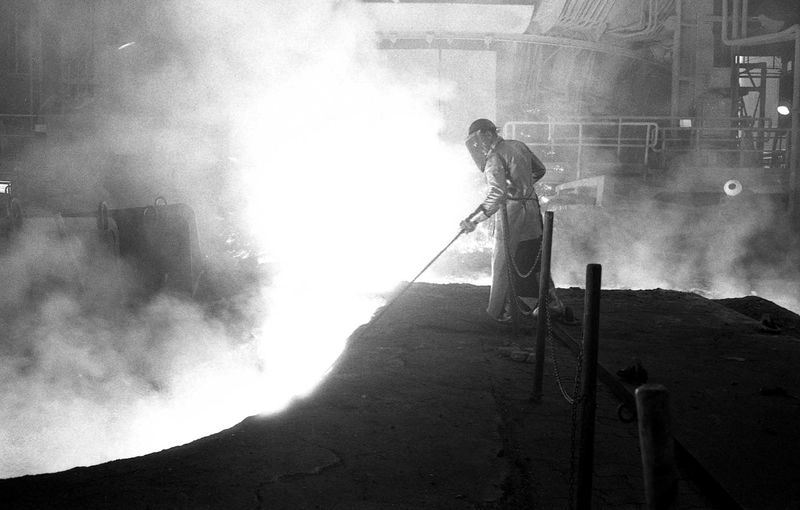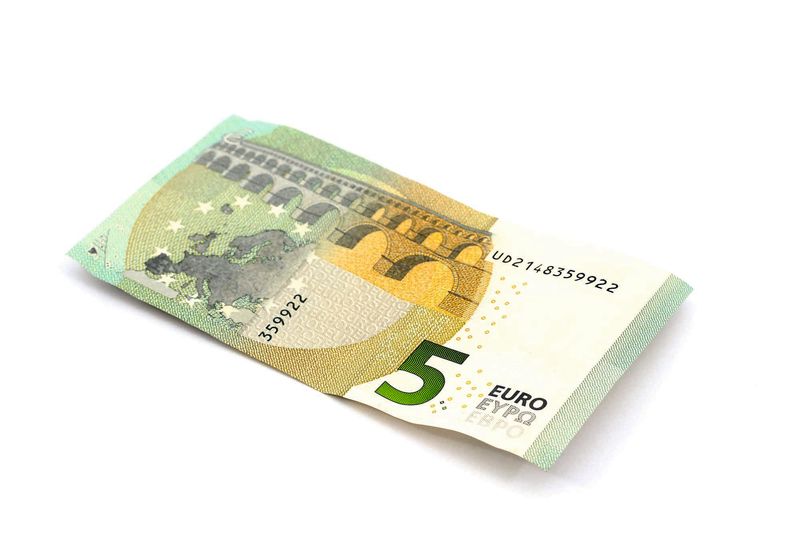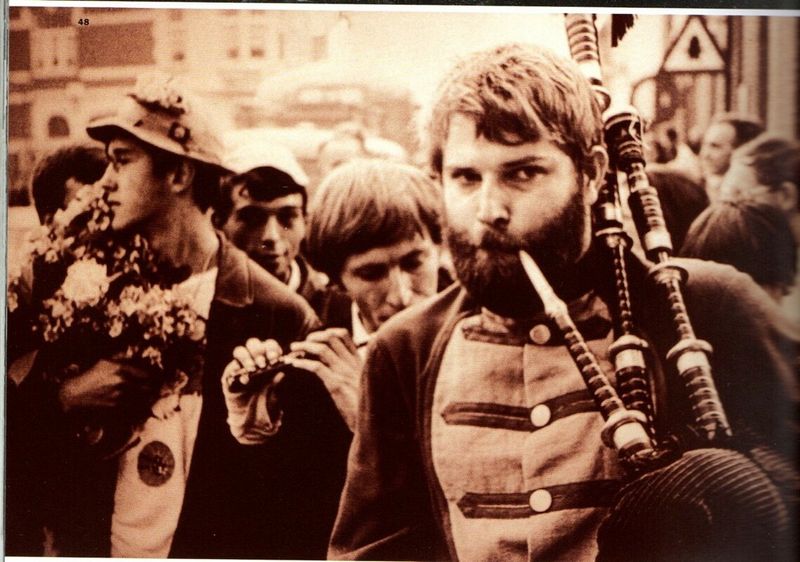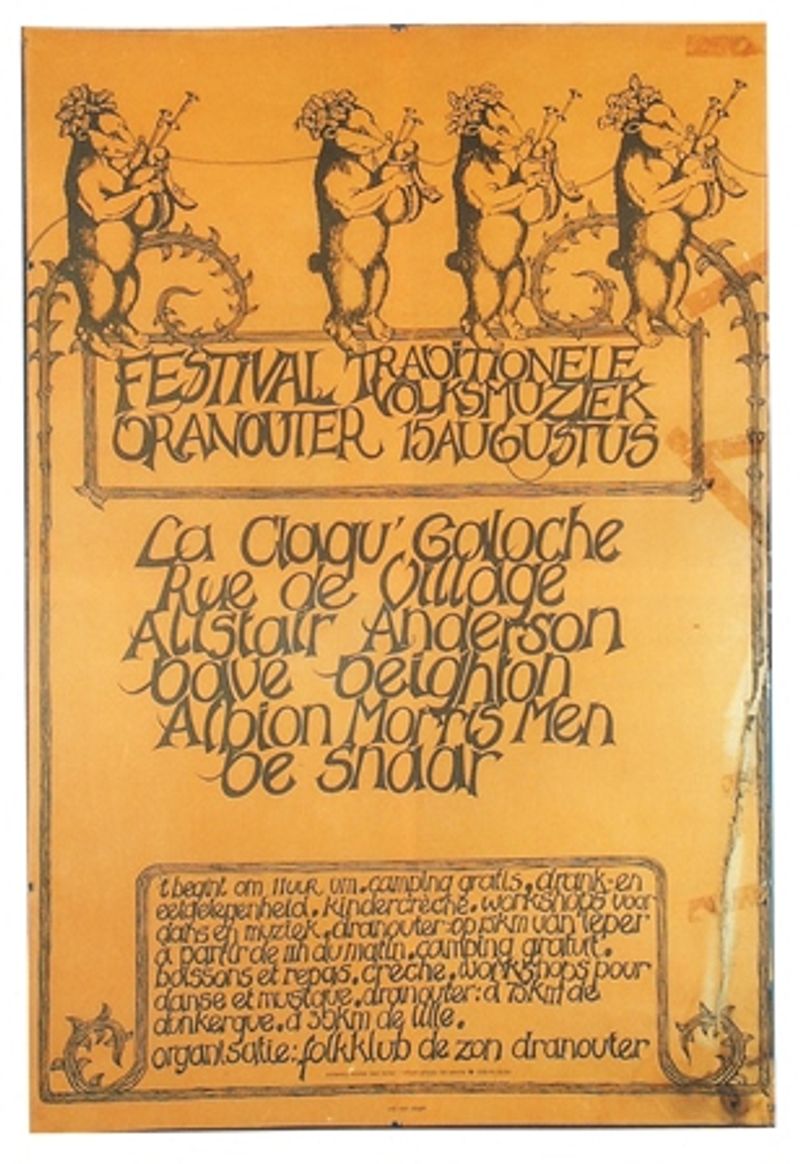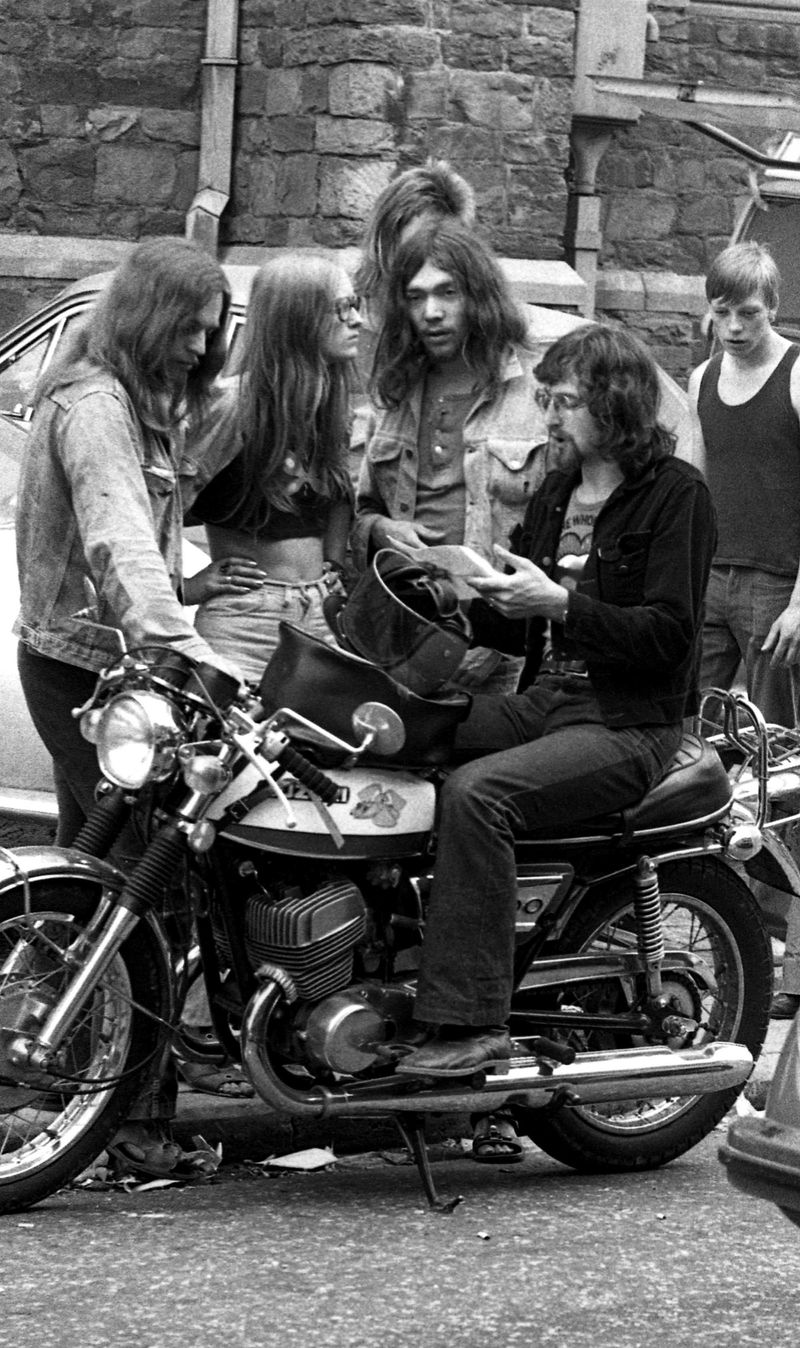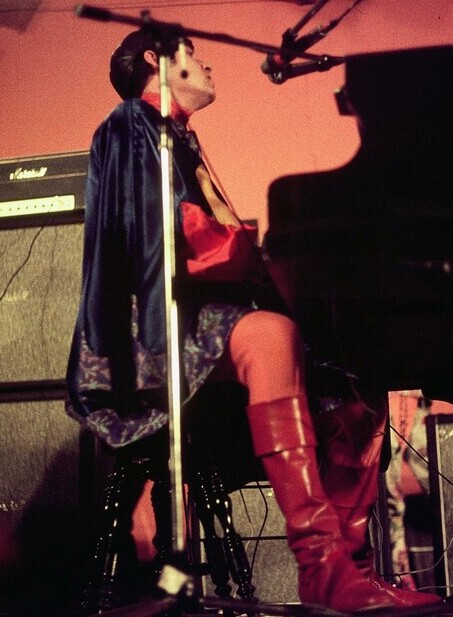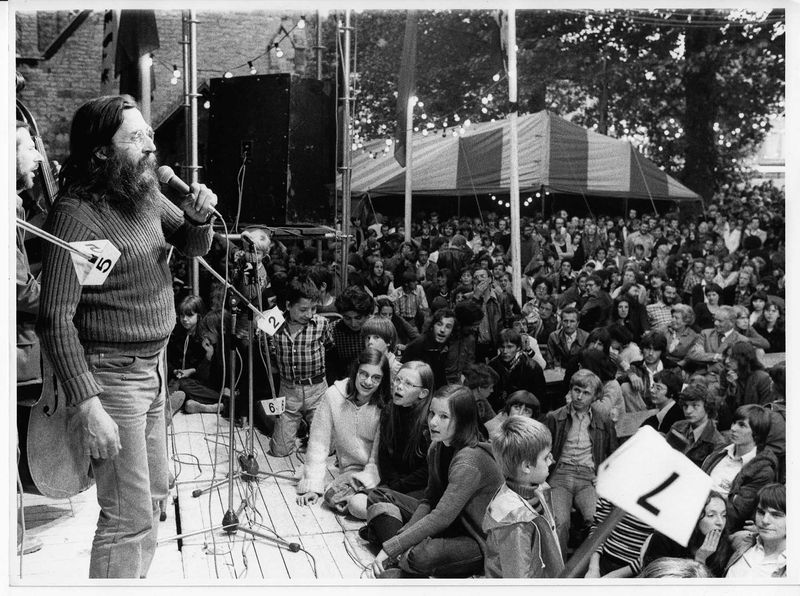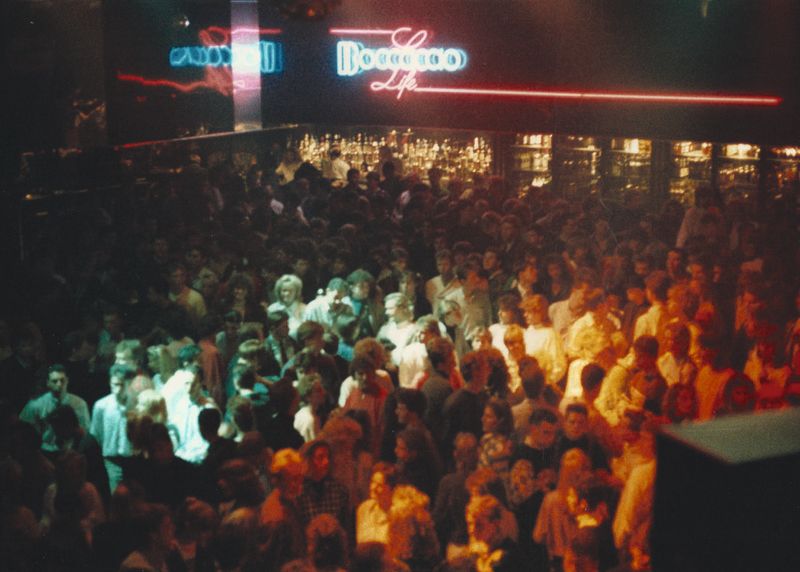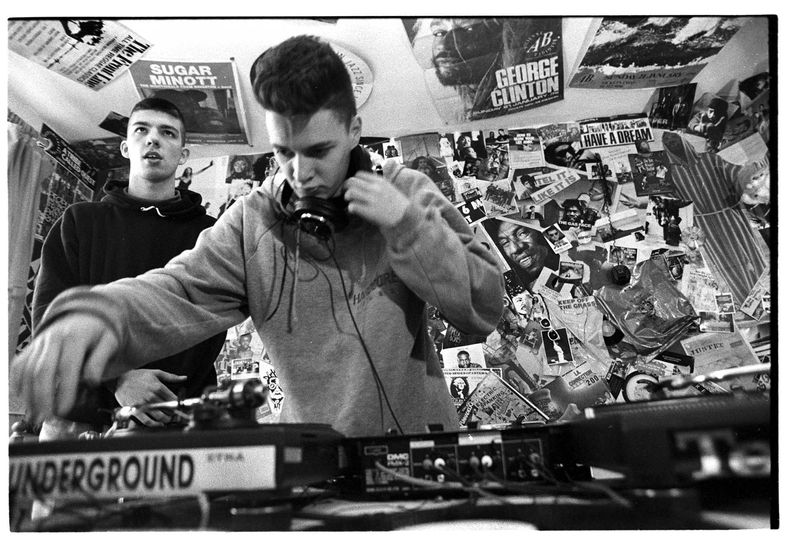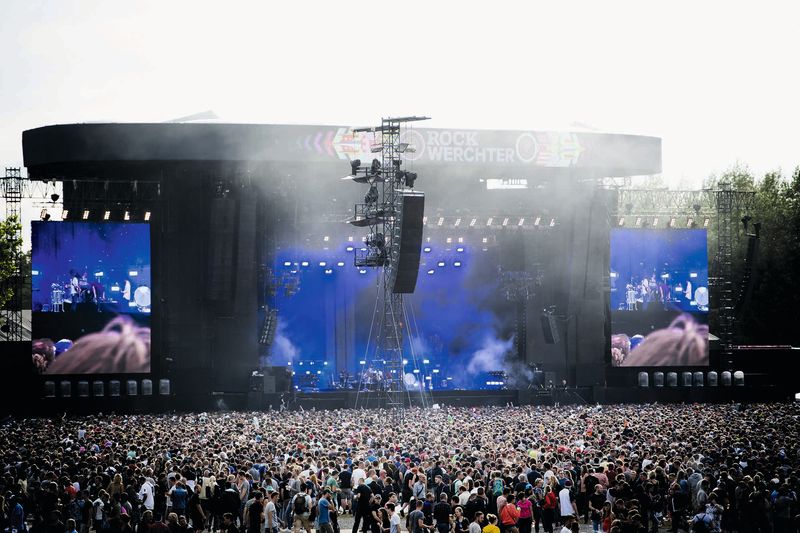
Rock Werchter grew from a Chiro event into a four-day festival with bands and visitors from all over the world. The 2017 festival | Belga Image, 1952486
Rock Werchter
Festival Culture
In the summer of 1975 in rural Werchter two bands performed to an audience of a few hundred. The initiative of the local Chiro youth group laid the foundation for one of the biggest music festivals in Europe.
Since then a growing group of young people gathered annually in Werchter to celebrate together the end of the school year and the beginning of the long vacation. In 1977 collaboration with kindred spirits from the West-Flemish town of Torhout led to the legendary double festival Torhout/Werchter. By having the same artists perform first in Torhout then in Werchter, the organisers could involve bigger names.
From 1999 on the festival was only organised in Werchter. Rock Werchter became a reference point in the pop and rock music world. U2, Patti Smith, R.E.M, The Chemical Brothers, Faithless Kendrick Lamar, Metallica and Lady Gaga are just a few of the international names who have stood on the stage in the Flemish-Brabant village.
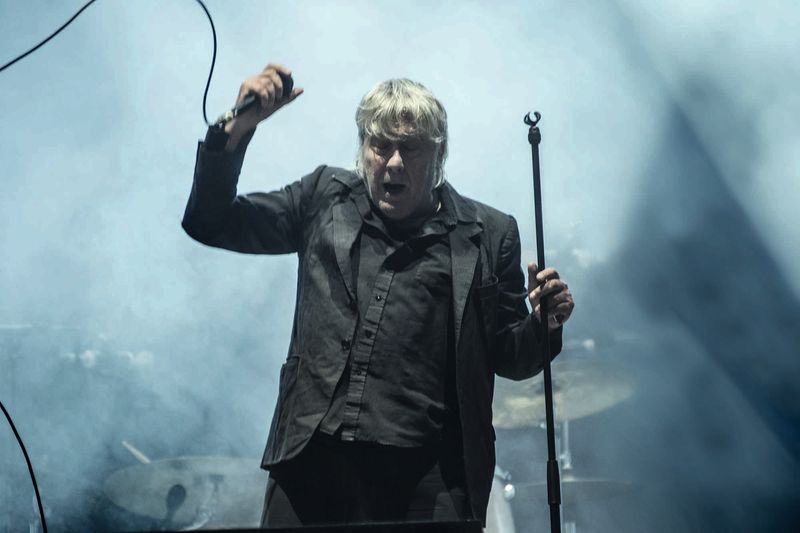
Belga Image, 69150255, Peter Croes
Arno Hintjens (1949-2022) from Ostend, in 1980 a founding member of the influential band T.C. Matic and later a successful solo artist, at work in the Lokeren Festival of 2019.
Festival Culture
Torhout/Werchter quickly grew to become the best-known music festival in the country, but the real pioneer of summer festivals in Flanders was Jazz Bilzen. That multi-day event took place for the first time in 1965 and programmed jazz, folk, rock and pop. Soon Jazz Bilzen was attracting up to 15,000 spectators a year, the majority of them in their teens and twenties.
The rise of such young people’s festivals in the 1960s fitted in with the zeitgeist. Thanks to the increased prosperity the babyboomersthe two decades after the Second World War had a high birth rate, hence babyboom. – the generation born shortly after the Second War – had a youth with unparalleled opportunities. They could study for longer and had more money and free time than their parents. Partly through music they rebelled against the norms of the time – neatness, discipline, abstinence and a strict separation between boys and girls.
To begin with, older generations looked uncomprehendingly at the music festivals, where young people demanded the right to enjoy their freedom according to their own values and norms. Yet the popularity of festivals went on increasing and the musical counter-culture actually grew into a profitable market for entrepreneurs. Jazz Bilzen disappeared, but new successes like Tomorrowland put Flanders permanently on the map as a festival region.
Focal points
Discover more on this topic
Non-fiction
Werchter: de wei. Belgiës bijdrage aan de rockindustrie
In: Tollebeek Jo (red.), België, een parcours van herinnering. Plaatsen van geschiedenis en expansie, Bert Bakker, 2008.
De jaren zestig. Een cultuurgeschiedenis
Ambo Anthos, 2018.
Pukkelpop 25
Ludion, 2010.
Rock Werchter sinds 1975
WPG, 2014.
Belpop Bonanza: de mooiste verhalen uit de Belgische popmuziek
Uitgeverij Sylvain, 2017.
Rock Torhout: biografie van een verdwenen festival, 1977-1998
Uitgeverij Sylvain, 2021.
BelgaCult: 25 momenten die cultureel België veranderd hebben
Lannoo, 2015.
The sound of Belgium
(2012)
Those were the days
Waarin telkens één discotheek wordt belicht (VRT, 2022)
